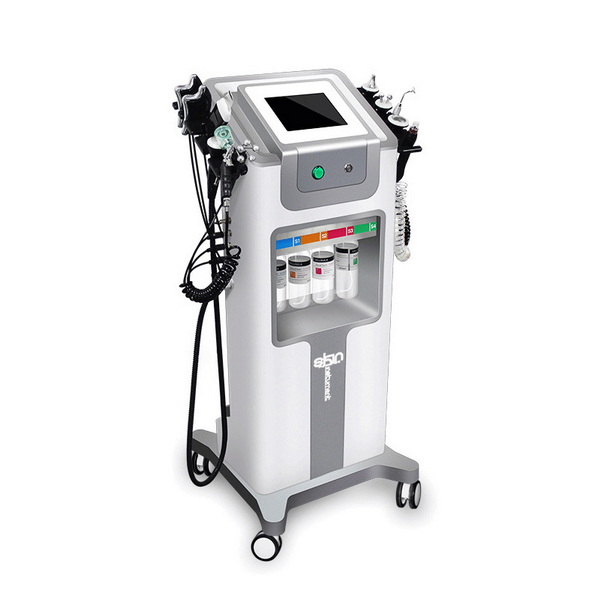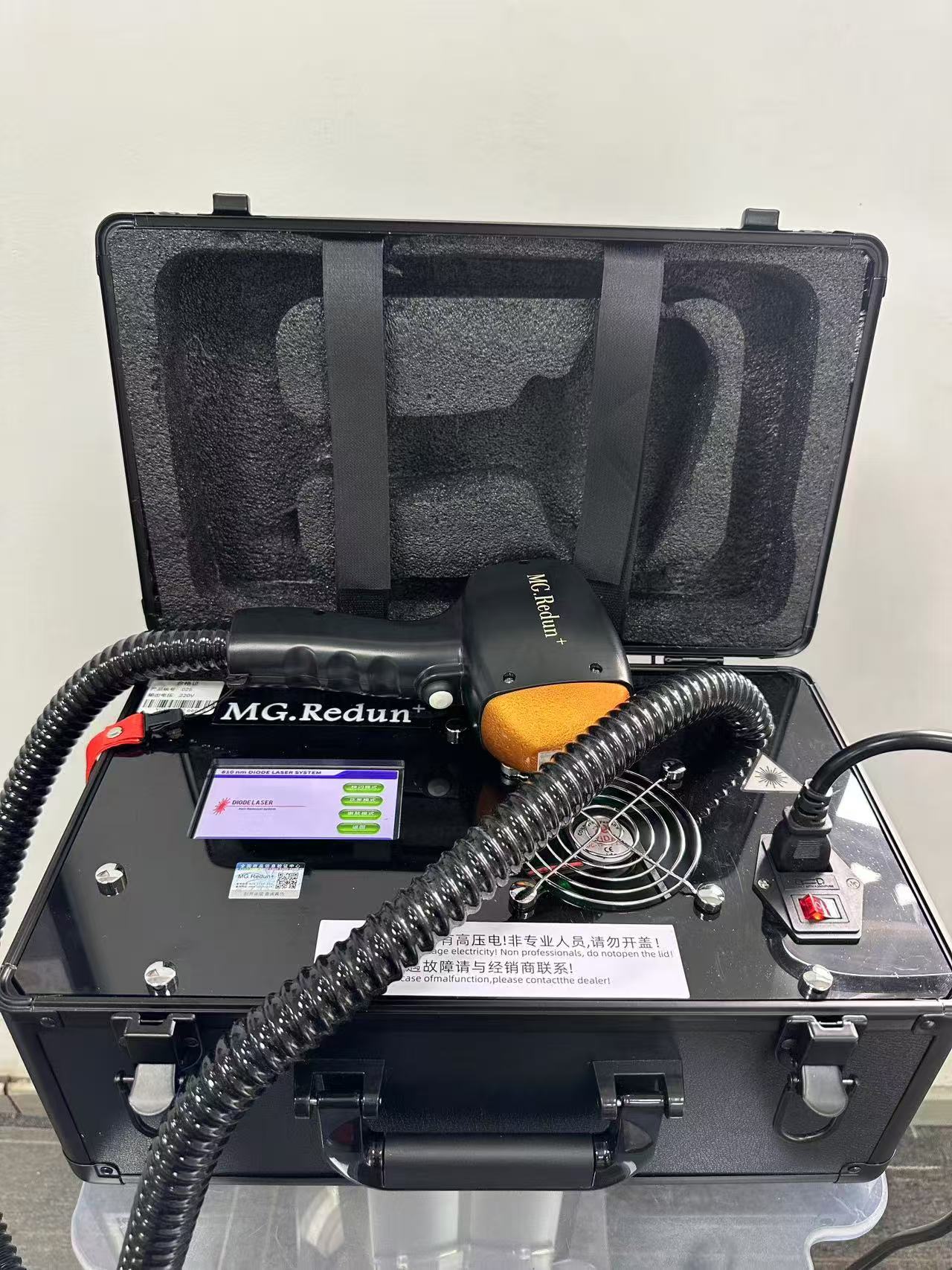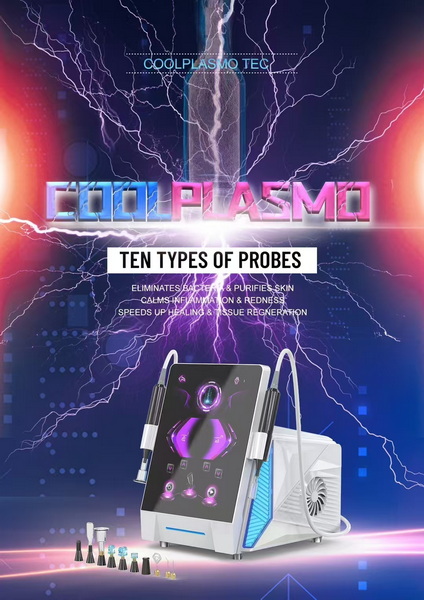Introduction
Pain, whether chronic or acute, can significantly impact a person’s quality of life. Traditional treatments often include medications, physical therapy, or even surgery, but these approaches can have limited effectiveness or come with unwanted side effects. In recent years, shockwave therapy for pain has gained popularity as a non-invasive, drug-free treatment option that offers promising results for a variety of conditions. In this article, we will explore how shockwave therapy works, the types of pain it can treat, its benefits, and what you can expect from a typical treatment session.
What is Shockwave Therapy?
Shockwave therapy, also known as extracorporeal shock wave therapy (ESWT), is a medical treatment that uses high-energy acoustic waves to stimulate healing and reduce pain. These shockwaves are directed at the affected area, where they interact with tissues to promote healing by improving blood circulation, breaking down scar tissue, and encouraging cell regeneration.
Unlike traditional treatments that rely on drugs or invasive procedures, shockwave therapy for pain focuses on stimulating the body’s natural healing processes. It is commonly used for musculoskeletal conditions, including tendon and joint pain, but its benefits extend to a wide range of other health issues as well.
How Does Shockwave Therapy Work?
The Mechanism Behind Shockwave Therapy
Shockwave therapy for pain operates by delivering acoustic waves through the skin to the injured or painful area. These waves penetrate deep into the tissues, triggering various biological responses:
- Increased Blood Flow: The shockwaves stimulate blood vessels, increasing circulation to the affected area. This helps to deliver nutrients and oxygen, promoting healing.
- Collagen Production: The mechanical pressure exerted by the shockwaves helps to stimulate collagen production, a vital protein necessary for tissue repair.
- Pain Relief: The treatment disrupts pain signaling pathways, which can provide immediate and long-term relief from discomfort.
- Reduction of Inflammation: The treatment helps to reduce inflammation, which is often the root cause of chronic pain.
- Breakdown of Scar Tissue: For individuals with previous injuries, shockwave therapy can help break down scar tissue, improving mobility and reducing pain.

shock wave
The Types of Shockwaves Used
Shockwave therapy utilizes different types of acoustic waves, such as radial shockwaves and focused shockwaves. Radial shockwaves are more superficial and are used for treating conditions that are closer to the surface of the skin. Focused shockwaves, on the other hand, penetrate deeper into tissues, making them suitable for deeper injuries and chronic pain conditions.
Conditions Treated with Shockwave Therapy
Tendon Pain
One of the most common uses of shockwave therapy for pain is in treating tendon-related issues. Tendons, the thick fibrous tissues that connect muscles to bones, are prone to injuries such as tendinitis and tendinosis. Conditions like tennis elbow, Achilles tendinitis, and rotator cuff injuries can benefit greatly from shockwave therapy.
The acoustic waves stimulate the healing of damaged tendons, promote the re-growth of collagen, and relieve the inflammation that causes pain. Many patients find relief from these chronic conditions after just a few sessions.
Plantar Fasciitis
Plantar fasciitis is a common cause of heel pain that occurs when the ligament that connects the heel bone to the toes becomes inflamed. It is a condition often seen in athletes, individuals who stand for long periods, or those who are overweight. Shockwave therapy for pain is one of the most effective non-surgical treatments for this condition, offering significant relief by reducing inflammation and promoting tissue healing.
Chronic Back Pain
Back pain is another common problem that affects millions of people worldwide. Shockwave therapy for pain has shown positive results in alleviating chronic back pain, particularly in cases where muscle stiffness, ligament sprains, and inflammation are the underlying causes. The treatment is often used as an alternative to medications and invasive surgical procedures.
Shoulder Pain and Rotator Cuff Injuries
Rotator cuff injuries are common in athletes and individuals who perform repetitive overhead movements. The tendons in the shoulder become damaged over time, leading to pain and reduced mobility. Shockwave therapy can help treat rotator cuff injuries by stimulating tissue repair, increasing blood flow, and breaking down scar tissue.
Knee Pain
Knee pain, whether caused by arthritis, ligament injuries, or overuse, is another condition that can benefit from shockwave therapy for pain. The shockwaves improve blood circulation, reduce inflammation, and stimulate the regeneration of cartilage, which can reduce pain and improve function in the knee joint.
Calcific Tendonitis
Calcific tendonitis occurs when calcium deposits form in the tendons, typically in the shoulder. The presence of these deposits can cause severe pain and restricted movement. Shockwave therapy helps break down these calcium deposits, providing relief from pain and improving mobility.
Benefits of Shockwave Therapy for Pain
Non-Invasive Treatment
One of the most significant advantages of shockwave therapy for pain is that it is non-invasive. Unlike surgery, which requires incisions and lengthy recovery times, shockwave therapy involves no cuts, stitches, or scars. This makes it a safer and less traumatic alternative for patients who are wary of surgical procedures.
Reduced Need for Medications
With shockwave therapy, many patients find that they can significantly reduce or eliminate their reliance on pain medications. This is particularly important for those who wish to avoid the side effects associated with long-term use of painkillers or anti-inflammatory drugs.
Fast Results
Many patients experience relief after just a few sessions. Shockwave therapy for pain typically requires a series of treatments, but improvement can often be noticed after the first session. This makes it a quick and effective option for those suffering from chronic pain.
Fewer Side Effects
Unlike many traditional treatments that come with potential side effects, shockwave therapy is generally well-tolerated. Side effects, if they occur, are typically mild and may include temporary redness, swelling, or slight discomfort at the treatment site.
Suitable for Various Conditions
Whether you’re dealing with musculoskeletal pain, joint issues, or tendon injuries, shockwave therapy can be tailored to your specific needs. It is versatile and can treat a wide range of conditions that cause chronic pain.
What to Expect During a Shockwave Therapy Session
Consultation and Assessment
Before beginning treatment, you will have a consultation with a healthcare provider who specializes in shockwave therapy. They will assess your medical history, symptoms, and the severity of your pain. Based on this assessment, they will determine if shockwave therapy is a suitable treatment option for your condition.
Treatment Procedure
During the treatment, you will be asked to lie down in a comfortable position while the shockwave device is applied to the area of pain. The device delivers sound waves in short pulses, which can be felt as a mild tapping sensation on the skin. The intensity of the waves may be adjusted according to your comfort level.
Post-Treatment Care
After the session, you may experience mild soreness in the treated area, which typically subsides within a few hours to a day. Most patients can resume normal activities immediately after treatment, although some may be advised to avoid strenuous exercise for a short period.
Conclusion
Shockwave therapy for pain is a groundbreaking treatment that offers a non-invasive, effective solution for a variety of musculoskeletal pain conditions. Whether you’re dealing with tendonitis, plantar fasciitis, chronic back pain, or other injuries, shockwave therapy can provide significant relief without the need for medications or surgery. With its ability to stimulate the body’s natural healing processes, reduce inflammation, and promote tissue regeneration, shockwave therapy has become a valuable tool in the management of pain. If you are seeking an alternative to traditional pain relief methods, consider consulting a healthcare provider to see if shockwave therapy might be right for you.


















